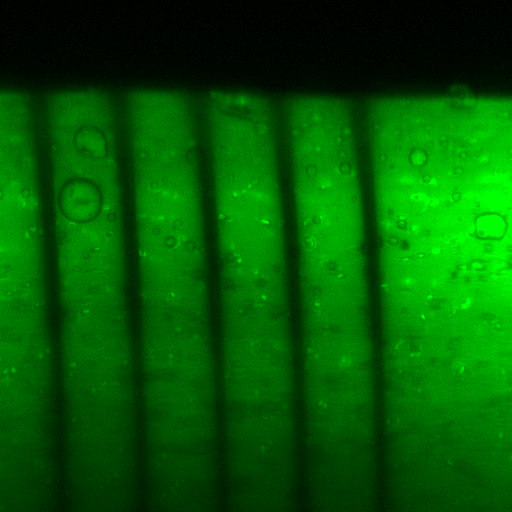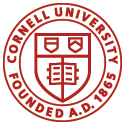Mechanics of Biological Tissues
The structure-function relationships of biological materials are critical to understating tissue development, function, disease, and therapy. We use custom-built devices to simultaneously study structure and mechanics of biological tissues.
Quasi-Static Shear Mechanical Properties of Articular Cartilage
Articular cartilage, the soft connective tissue that coats bones in joints, is a highly complex and inhomogeneous material. It is made up of a fluid-saturated, cross-linked network of collagen fibrils whose orientation and porosity vary with depth from the articular surface. Interspersed among the network are cells and highly charged molecules called proteoglycans. Cell shape, cell density and proteoglycan density are all also spatially dependent.
High-Resolution Measurement of Shear Mechanical Properties in Articular Cartilage Using GRATE and WAND
Local mechanical properties in articular cartilage and other biological tissues are typically measured by tracking the displacement of cells, cell nuclei and other fiducial markers using particle image velocimetry (PIV) and other feature-tracking methods (see "Quasi-Static Shear Mechanical Properties of Articular Cartilage"). However, these techniques are limited in spatial resolution by the density of trackable markers. In adult articular cartilage, intervertebral disk and other soft tissues, cells can be very sparse. Therefore, we have developed grid-resolution automated tissue elastog
Mechanical Aspects of Tumor Growth
Our current work is focused on characterizing healthy breast tissue. Stay tuned for more results...
Helical Buckling of Plant Roots
As global climates change, agriculture and crop breeding programs must increase productivity to meet the demands of growing populations while simultaneously facing decreases in soil quality.
Anatomic Variation of Articular Cartilage Depth-Dependent Shear Properties
Articular cartilage (AC), a biological tissue that protects and lubricates joints, plays a critical role during healthy locomotion. While much is known about this tissue's biochemistry and compressive mechanical properties, comparatively less attention has been given to its shear mechanical properties. This represents a critical knowledge gap because cartilage tissue experiences significant shear under normal loading conditions, and may indeed most frequently fail in such circumstances.
Structure-Function Relations in Articular Cartilage's Shear Properties
Articular cartilage (AC), a biological tissue that protects and lubricates joints, plays a critical role during healthy locomotion. Ongoing work in the Cohen lab has been examining the spatially heterogeneous mechanical properties of this tissue using confocal rheology. This technique allows us to simultaneously deform the tissue with a known stress and measure the local strain field. From this information, we can calculate the local shear properties.


